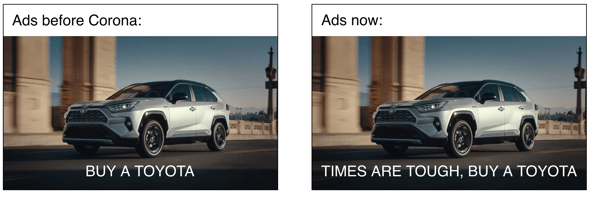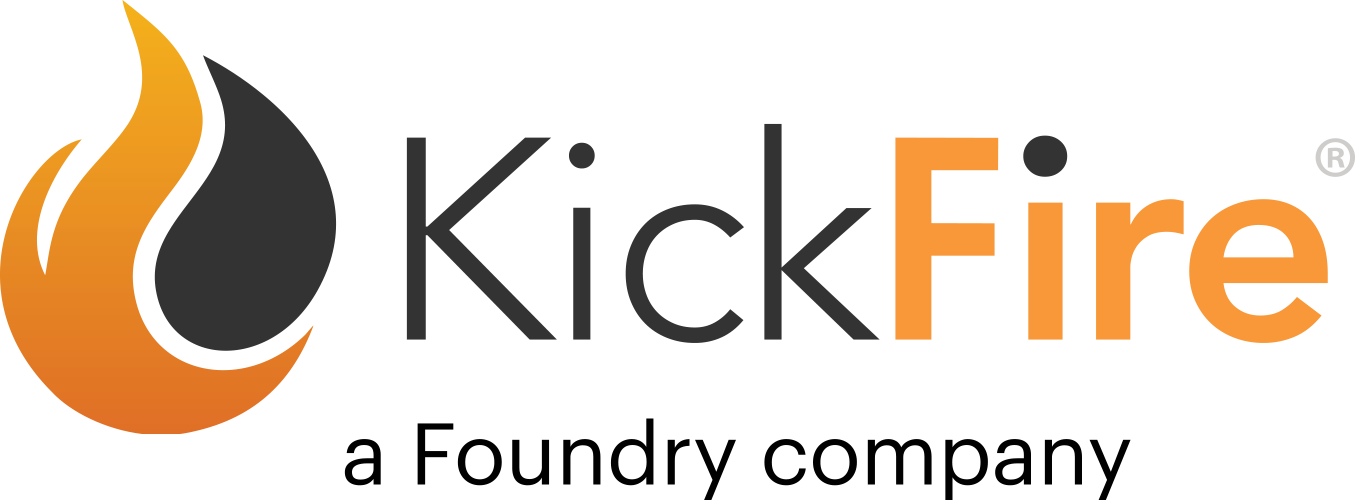Work from home, telecommuting, remote work, whatever you call it, right now most of us are doing it. This has changed the way people live, work, and play, but it has also changed the way people and companies are buying, so the way we market to them must evolve as well.
While we’re fully aware that the social distancing orders will not last forever, working from home will still continue to grow. In fact, even taking into account the recent spike in remote workers throughout the world, the percentage of remote workers has grown by 91% over the past 10 years – a trend that is only expected to grow even after we’re all back in our respective offices.
With this in mind, here are things we’re seeing along with some tips that can help you adapt and thrive in the new normal we find ourselves in.
Everything is Digital, Embrace It
Two months ago, the term “Zoom Happy Hour” was not in my vocabulary. Now it seems like these virtual drinking sessions are an almost inescapable part of maintaining social distance while catching up with friends, family, and coworkers.
The same goes for businesses. In-person events like trade shows, networking events, cocktail hours, etc. might be cancelled for the foreseeable future, but that doesn’t mean contact with potential customers has to stop too. Virtual trade shows and webinars are now the best alternatives for driving brand awareness and generating inbound leads. In fact, these leads have become even more valuable with many companies now relying on these leads to fill their sales pipelines that have been impacted by the decreased inbound from other channels.
Say No to Lazy Marketing

Raise your hand if your inbox is flooded with poorly written emails that offer some vague value proposition and then ask you to book a meeting with a sales rep... me too. First off, these emails should have been phased out long ago, but now more than ever it is imperative to be proactive in researching and understanding the pain points your target audience is currently experiencing.
Last week I received an email from a company selling outsourced SDR services. The email essentially said:
“Hire us because we can save you time qualifying all the leads you’re getting.”
While the idea of this message is not exactly offensive, it seemed painfully out of touch with what most companies are experiencing right now. This messaging might have addressed a pain we were experiencing before the pandemic, but it did not account for the new issues we’re facing today. Right now many companies are NOT dealing with too many leads, but trying to keep their sales force busy by getting as many qualified leads as possible and making the most out of the ones they do get.
Instead you may want to consider adjusting your messaging to highlight how your solution saves money for your customers. It’s no secret that budgets have shrunk for most teams in many companies out there. By focusing on what your prospects can save by purchasing your product you put yourself in the conversation, and at a minimum, don’t get written off for sending out tone-deaf messages that no longer apply to your target audience. Of course, this should be adapted to your specific needs, but the idea is the same.
On the other hand, despite a large percentage of industries that are suffering right now, it’s not everyone across the board. Here’s a snippet of a conversation one of our Account Executives had recently:
“We’ve noticed our client’s traffic and page views have gone up quite a bit over the past month... people have more time to do research and it's as important as ever to stay engaged with them.”
If your target audience happens to be in an industry that is experiencing a sudden surge in interest right now, your marketing should reflect that, otherwise you run the risk of producing messages that completely miss the mark. Producing carefully crafted relevant messaging is even more critical right now as markets are constantly changing.
Important Note: In your effort to make your marketing messages more relevant to current events, DO NOT use COVID-19 or Coronavirus in email subject lines. Email filters are catching these and flagging them as spam.
Double-Down on Your Digital Footprint
With everyone stuck at home, people are looking to your online resources for information. Now is the time to put in the effort to improve them as much as possible with the best ads, content, experience, etc. to drive engagement.
Track Website Visitor Engagement
This goes hand in hand with the previous point. Because people are looking to your website for information, it’s more critical than ever to tap into this traffic and leverage buyer intent to find accounts that are interested. As we talk about in our Invisible Pipeline article, the vast majority of website visitors will browse your site and leave without filling out a form or contacting you. But using website visitor tracking, you can easily see which accounts are visiting your website and the content they are engaging with – turning your anonymous traffic and pageview data into a list of interested companies that the sales team can reach out to.
Attribution is More Important Than Ever
With budgets under tighter scrutiny these days it’s important to show that your marketing efforts are driving high value traffic to your site. As we talk about in our article on Marketing Attribution, seeing your website and ad metrics will inform you about the campaigns and channels that are performing well and those that aren't. This will allow you to improve or move resources away from underperforming areas and focus on those that are doing better (more on that in our guide to Reducing Ad Waste).
Direct Mailing Has Changed Too
A lot of account-based sales and marketing strategies employ some form of direct mail to interested accounts in the hopes that it will push them to book a meeting with a salesperson. While this is still doable, our pre-pandemic tactics must change for this as well.
I’ll be the first to admit that I’m a sucker for good company branded swag. At a trade show, when I’m not working the booth, you’ll likely find me listening to a sales pitch and getting my badge scanned just to get a hold of some portable USB power bank or mini desktop Cornhole set.
However, since everyone is at home, you have to be a little more creative in dangling the metaphorical carrot for prospects. You can’t blindly send packages to their offices anymore. If you’re sending them a physical package we need input from them (home address, clothing size, etc.), which can be used to gauge their interest level.
On the other hand, if we want to make it easier for them, we can send them electronic gift cards for Door Dash, Target, Safeway, Amazon, or a donation to charity, etc. – things they can actually use right now.
Focus on Customer Expansion
At present your Customer Success teams may be spending less time onboarding new customers, giving them time to do more customer outreach and retention. Making sure your customers are getting the most out of your product or service is the key to making sure your product is a “need to have” rather than a “nice to have.”
Markets Aren’t Dying, They’re Just Changing
With all the negative news about markets and the economy, it’s easy to think that things are all doom and gloom (rightly so, this is a serious pandemic after all), but let me paint a slightly different picture for you. The metaphorical light at the end of the tunnel is this: Account-Based Marketing is not going away, it’s still the most effective way to reach out and engage with high-value accounts. Eventually, things will go back to normal. Perhaps not exactly the way they were before this pandemic started, but some semblance of normalcy will return. While companies might not be shelling out like they used to, that doesn’t mean they’ve stopped looking for technologies to drive business, and now more than ever, it’s important to stay connected with your target audience so you can hit the ground running when things get back on track.
